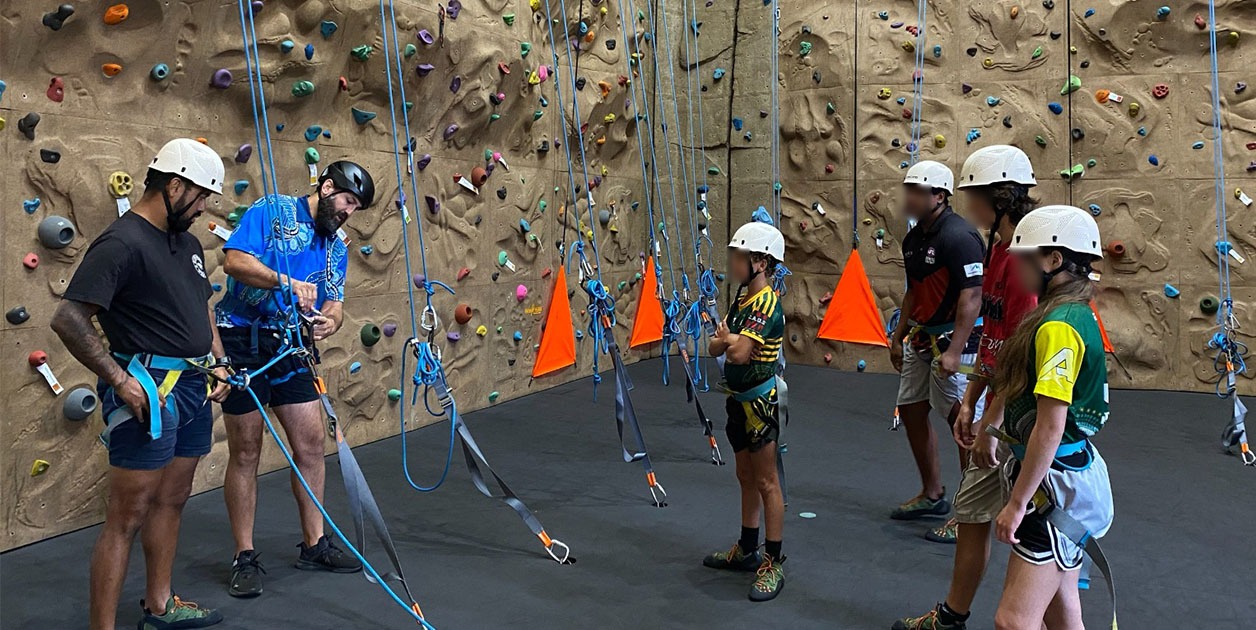
Cultural Safety in Schools: A Guide for Educators
Introduction Cultural safety in schools has emerged as a cornerstone of inclusive education,
ensuring that First Nations students, their families and communities feel respected, valued
and empowered. Unlike cultural awareness or sensitivity training, cultural safety shifts the
focus from deficit to strength, asking educators to critically reflect on power imbalances,
institutional biases and their own practices. By embedding Indigenous cultural
responsiveness education into every level of the school experience—from curriculum design
to classroom interactions—schools can foster environments where all students thrive.
This 2,000-word guide explores: why cultural safety matters; high-volume-keyword
strategies for embedding cultural responsiveness; best-practice frameworks; practical
classroom techniques; case studies from Johnathan Thurston Academy’s educator workshops;
and metrics for measuring success.
1. Understanding Cultural Safety vs. Cultural Competence
1. Definitions
- Cultural Awareness: Recognising diversity in beliefs, values and practices.
- Cultural Competence: Developing skills to interact effectively across cultures.
- Cultural Safety: Creating environments that are spiritually, socially and emotionally safe for people; driven by the communities themselves.
2. Why Safety First?
- Promotes student wellbeing by validating identity and lived experience.
- Addresses systemic inequities by surfacing institutional biases.
- Encourages reflective practice, where educators examine their own worldviews and assumptions.
2. Policy Frameworks & National Standards
- Australian National Safe Schools Framework now integrates cultural safety principles aligned with the Safe and Supportive Schools component of the National Safe Schools Framework.
- Alice Springs (Mparntwe) Education Declaration calls for culturally responsive pedagogy in Educators’ Professional Standards.
- Victorian Aboriginal Education Association Incorporated (VAEAI) Cultural Safety Policy outlines steps for schools to audit and improve their cultural
environments.
These policies mandate that cultural safety schools adopt structural and pedagogical reforms—empowering Indigenous voices in governance, curriculum and evaluation.
3. Core Principles of Culturally Safe Education
1. Community-Led Decision Making
- Involve Elders and community advisory groups in school councils, strategic planning and curriculum co-design.
2. Reflective Educator Practice
- Implement tools like Cultural Safety Checklists and Bias Audits; require staff to complete regular Reflective Journals.
3. Curriculum Integration
- Embed First Nations perspectives across subjects: local histories in social studies, Aboriginal text analysis in English, and Indigenous ecological knowledge in science.
4. Safe Physical & Virtual Spaces
- Display community art, language signage, acknowledgment plaques; create online portals with culturally curated resources.
5. Strengths-Based Approaches
- Highlight student and community assets—leadership, languages, cultural talents—in assessment and celebration.
4. Practical Strategies for Educators
4.1 Classroom Techniques
- Welcoming Practices: Begin each day with an Acknowledgement of Country led by students.
- Story Circles: Use yarning circles for collaborative discussion, ensuring equitable speaking opportunities.
- Two-Way Learning: Pair First Nations students with peers in projects that explore language, kinship systems or Dreaming stories.
4.2 Curriculum Design
- Thematic Units: Develop modules like “Waterways and Songlines,” integrating geography, art and language.
- Resource Co-Creation: Collaborate with community language custodians to produce multimedia materials—videos, glossaries, storybooks.
4.3 Whole-School Approaches
- Cultural Safety Audits: Annual reviews of policies, incident data and student feedback to identify areas for improvement.
- Professional Learning Communities (PLCs): Cross-departmental teams meet monthly to share successes, challenges and action plans.
- Family & Community Engagement: Host Cultural Days featuring student performances, community feasts and workshops for parents.
5. Johnathan Thurston Academy’s Educator Workshops
5.1 Cultural Safety Workshop Series (May–June 2025)
- Participants: 120 educators across Queensland (Hervey Bay, Gold Coast and Cairns)
- Structure: Two-day intensive sessions covering Reflective Practice, Curriculum Co-Design, and Community Partnership models.
- Outcomes: 95% of attendees reported increased confidence in implementing cultural safety; 87% integrated at least one new teaching strategy within one month.
5.2 Online Cultural Responsiveness Modules
- Enrolments: 200+ educators nationwide.
- Content: Self-paced units on Bias Audits, Cultural Safety Checklists and Case Studies.
- Metrics: Average completion rate of 78%; post-course surveys rated 4.6/5 for relevance.
5.3 On-Country Co-Design Retreats
- Locations: JTA hosted retreats in Mount Isa and Townsville with local Elders guiding curriculum co-creation.
- Impact: Developed three regional teaching guides now used by 15 schools; participant satisfaction at 98%.
6. Case Studies: Transformative School Partnerships
6.1 Yarrabah State School
- Collaboration: JTA co-facilitated curriculum workshops with Yarrabah Elders.
- Result: Introduced a bilingual science unit teaching Gunggandji vocabulary; 90% of students demonstrated improved engagement and grades in science assessments.
6.2 Palm Island Education Research Centre
- Initiative: JTA-led Cultural Safety Audit revealing key areas for infrastructure improvement (classroom layout, signage, resource diversity).
- Outcome: School installed Indigenous artwork, Acknowledgement plaques and created a student-led cultural ambassadors program, reducing behavioral incidents by
25%.
7. Measuring Success & Continuous Improvement
1. Quantitative Indicators
- Student attendance, retention rates and academic performance among First Nations cohorts.
- Educator PD completion rates and post-training implementation metrics.
2. Qualitative Feedback
- Student and community surveys on school climate and cultural inclusion.
- Focus groups with Elders and parent councils to review policy impact.
3. Adaptive Governance
- Update Cultural Safety Action Plans annually based on audit findings and community input.
- Allocate dedicated budget lines for Indigenous cultural programming and resources.
Cultural safety is not an add-on but a foundational element of truly inclusive schooling. By
embracing Indigenous cultural responsiveness education, schools can dismantle systemic
barriers, honor First Nations knowledge and empower all learners. Johnathan Thurston
Academy stands ready to partner with educators—providing training, co-design expertise
and ongoing support—to create safe, respectful and vibrant learning environments where
every student can flourish.
Ready to transform your school’s cultural safety? Contact JTA for bespoke workshops, audits
and curriculum co-design services.



